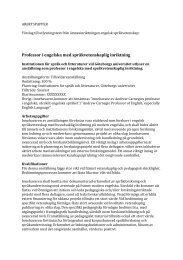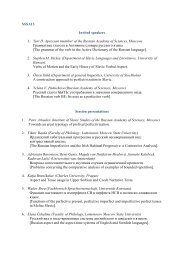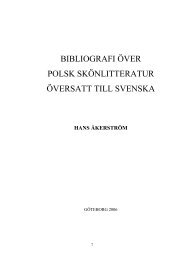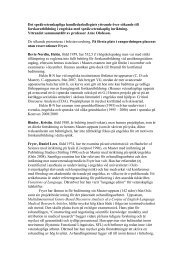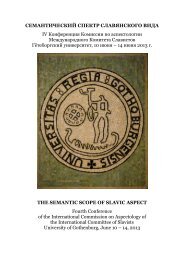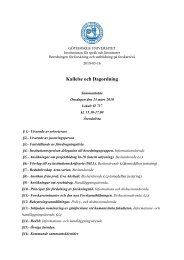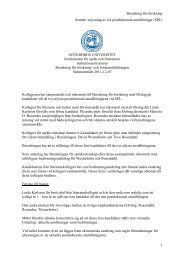Cultural Translations
Cultural Translations
Cultural Translations
- No tags were found...
Create successful ePaper yourself
Turn your PDF publications into a flip-book with our unique Google optimized e-Paper software.
TransculturalitySince around the 1990s, we meet the word “transculturality” (also ‘transcultural’) in academicstudies, especially in sociology, but also in the field of psychology, social care, literary studies andpedagogy and so forth. The establishment of institutions in the name of ‘transcultural studies’proves the term’s advance in academic circles in the last decade. New Centers for TransculturalStudies are established in the U.S./U.K., Australia, in Europe, and also in Japan. “Transcultural HumanRelations” appears as a university course in U.S. Transcultural studies are counted, for instance,to be an research profile and one of the important ‘academic strengths’ of the Universityof Heidelberg (2010). It is also indicative that the UNESCO Chair in Transcultural Studies, InterreligiousDialogue, and Peace, was established in 2007 at the University of Oregon (U.S.A.). Theterms transculturality and transcultural seem well-established today in the academic world andalso in the field of literary studies as publications and conferences show. There have been relatednotions such as “multiculturality” and “interculturality”. And, also, “transculturation”, which, borrowedfrom biology, has been a helpful notion in the field of anthropology. Among them “multiculturalism”has no doubt been the most well-established term.Behind the upswing of “transculturality” lies the need to theorize the actual state of cultureand society in the postmodern world of globalization. The anthropologist and scholar of areastudies Arjun Appadurai is another example of those, who scrutinized the question of culture inthe light of modernity and globalization. He pointed out electronic media and mass migrationas the two main factors that have changed and are changing our collective imagination and howwe construct our ‘modern’ subjectivity. (2-3) According to Appadurai, “diasporic public spheres”created by TV or movies “confound theories that depend on the continued salience of the nationstateas the key arbiter of important social changes” (4) The technological changes have amplifiedthe ordinary people’s access to distant culture. This, in turn, creating opportunities for themto create “the plurality of imagined worlds” Appardurai uses the word imagination (“imagined”)to designate not the individual capacity of imagining, but to give a name to a collectively constructedimage, or a model interpretation. He does not use the term transcultural or transculturalitybut ‘transnational’ or ‘postnational’ (8), especially having the global flow of capital in mind. 1People move as political refugees, migrants, travelers, students, researchers and in business asnever before, likewise cultural artifacts move over national borders through electronic medialike film, TV and internet. As Appadurai formulates, the past few decades saw “a general rupturein the tenor of intersocietal relations” (2)Transcultrality is an ideology in the sense that it regards ‘culture’ essentially heterogeneous,impossible to binding to ethnicity and national state. In multiculturalism, each culture is regardedclosely tied to a nation and its people. Culture is regarded internally homogenous, and itis defined in relation to and in contrast to other cultures, which are also coupled to own ethnicityand nationality. In this respect, Herder’s definition of culture in the late 18 th century can besaid to have been paradigmatically most influential. 2 Casanova called attention to the (hidden)21 Appandurai, Arjun. 1996. Modernity at Large: <strong>Cultural</strong> dimensions of Globalization. Mineapolis: Universityof Minnesota Press. His conception of culture in contemporary world lies close to that of Welsch.2 Johann Gottfried Herder, Ideas on the Philosophy of the History of Mankind. Herder’s significance has beenNoriko Takei-Thunman



